Jane Roe es el pseudónimo adoptado por Norma McCorvey, la mujer cuyo caso dio origen a la sentencia del Tribunal Supremo Roe v. Wade, que legalizó el aborto en Estados Unidos. Roe era el caso perfecto para las abogadas feministas pro-choice que la representaban: una joven de 21 años sin dinero, sin marido y embarazada por tercera vez. Su causa en enero de 1973 dio luz verde en EEUU a legalizar el aborto, definiéndolo como un derecho protegido implícitamente en la Constitución hasta el tercer trimestre de gestación (tras 24 semanas), considerando que hasta entonces “no hay vida humana con sentido” (meaningful). En el primer trimestre no puede ser prohibido ni limitado en modo alguno, y en el segundo solo se puede regular las condiciones para practicarlo, a fin de proteger la salud de la madre, pues a esas alturas de la gestación tiene mayor riesgo. Desde entonces, más de 35 millones de niños han sido asesinados antes de nacer.
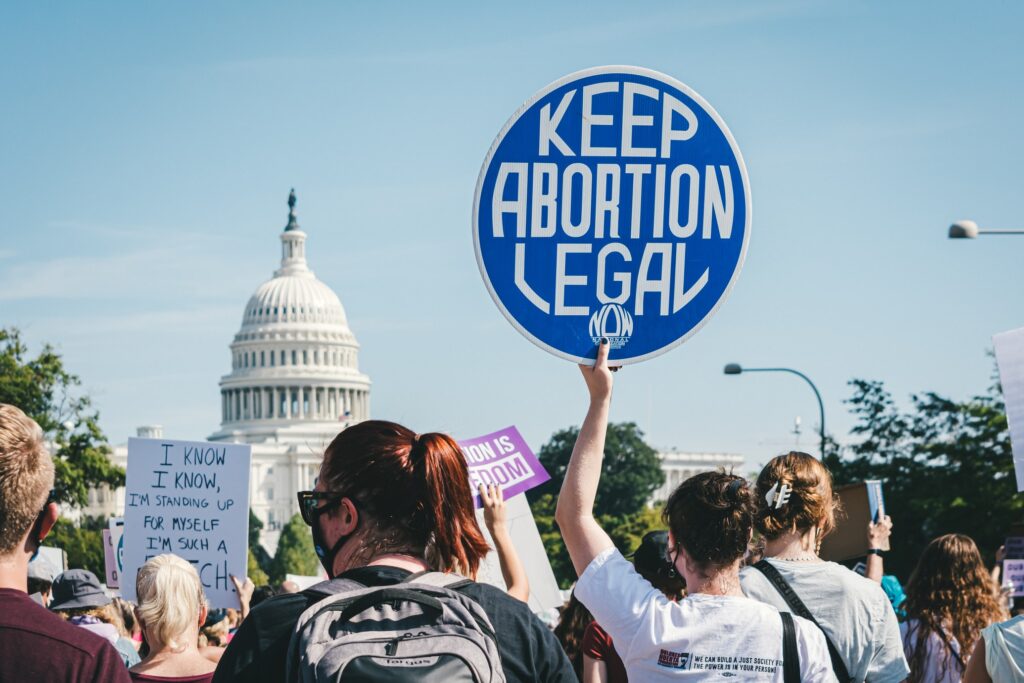
After remaining in the anonymity durante mucho tiempo, empezó a revelar su identidad y a responder como la mujer tras el pseudónimo de Jane Roe en los círculos abortistas, convirtiéndose así en una celebridad en ese entorno. Pero poco a poco empezó a ganarse la enemistad de algunas líderes pro-choice al confess that he had lied durante el juicio, animada por sus abogadas, diciendo que su embarazo había sido fruto de una violación (cosa totalmente falsa). En 1991 started working in an abortion clinic where she was able to see up close the remains of aborted babies in the second trimester. As she says in Newsweek: "They had a face and a body, and ended up in a freezer.”. (...) “Like the other employees, I thought I was doing the right thing. But how do you keep your soul from shrinking? We never smiled and some of us turned to alcohol and drugs.”. El impacto le hizo cambiar de clínica al cabo de unos años, pero todavía seguía justificando o viendo bien el aborto durante el primer trimestre. Pero el cambió definitivo llegó en 1995, cuando se hizo amiga de forma casual con algunos componentes de la organización pro-vida Operation Rescue. A little girl "rescued" from imminent abortion made her realize that those 35 million dead babies were people too. Now, Norma McCorvey campaigns for the reform of the law, convirtiéndose en una una defender of the unborn.
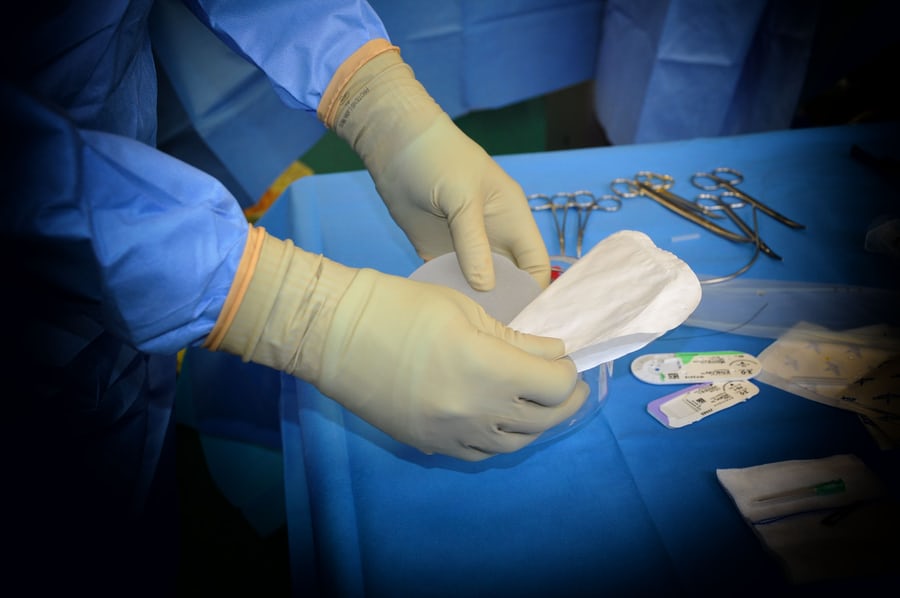
Como la propia Norma McCorvey explica en una entrevista, son muy pocos los que habiendo presenciado un aborto puedan defenderlo después. "I know this well, I have learned it from women with whom I lived and worked. I have heard them talk, they want to help women; but, at the same time, they are fully aware that to abort is to kill a child. Inwardly they are completely terrified.". La mayoría de las mujeres afrontan solas el aborto y la mayor parte de las parejas se separan a consecuencia de él. La licencia para abortar no ha proporcionado ni libertad ni seguridad a las mujeres, sino todo lo contrario.
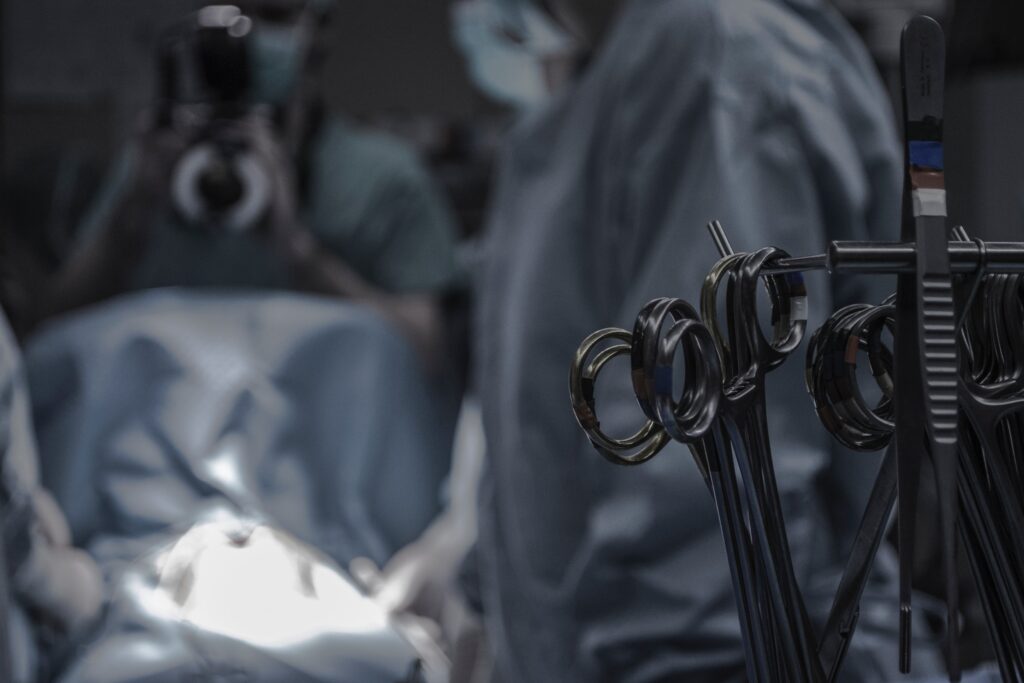
An abortion takes 7 minutes. No more, because the less time it takes, the more women go through and the more money is made. Abortion is a business sold under the slogan of freedom, right or progress. It is a big lie, they do not want to free women from anything, but to make money at the expense of their suffering.
Women who come to a clinic for an abortion are first isolated so that they have no contact with anyone who might change their minds. They are laid on the gurney and undergo an ultrasound to see how many weeks pregnant they are. Then they are left deaf, the ultrasound machine is turned off so that they cannot hear their baby's heartbeat (because it has been proven that the rate of women who decide not to go ahead with the pregnancy drops considerably). And also blind; the ultrasound screen is turned so that they cannot see it either, for the same reason.
2. They are given a hand to hold on and make sure that they will not get up. It is forbidden to engage them in conversation so as not to feel sympathy. They are only given a hand, so that they have something to hold on to and to make sure that they do not get up from the stretcher. Meanwhile, the impassive nurse keeps telling them not to worry, that everything is going to be fine and it will all be over in no time. She spreads her legs and places a bucket underneath, where the baby's remains will fall.
3. The doctor comes in and suctions or cuts up the baby, making sure to remove all the limbs. The doctor then enters and begins with the abortion. Según las semanas de gestión usa unos instrumentos u otros. Cuando es muy grande, tiene que ir troceándolo dentro del útero, para poder sacar después los miembros descuartizados. Pero durante esta operación, el bebé sigue vivo, y sufre, siente mucho dolor, hasta que finalmente muere. Y rápidamente se saca a la mujer de allí para que se vista y deje su sitio a otra. Se limpia todo y se vuelve a empezar.
As well as the slavery, el aborto plantea las cuestiones más elementales sobre la justicia: ¿Quién merece ser protegido? ¿A quién reconoceremos los derechos: a la madre o al no nacido? ¿A quién respetamos su dignidad humana? ¿Del bienestar de quién se responsabilizará la sociedad? Quienes defienden el aborto alegan que es un medio para garantizar la igualdad e independencia de las mujeres y la solución a diversos problemas: los de las madres solteras, los malos tratos a los niños y el aumento de la pobreza entre las mujeres. La triste verdad es que la despenalización del aborto ha supuesto todo lo contrario: se ha extendido la pobreza entre las mujeres y los niños, han aumentado los casos de malos tratos y se han agravado, y no ha servido para mejorar la tasa de mortalidad infantil. El aborto sin restricciones no ha satisfecho ninguna necesidad de las mujeres, ni les ha devuelto la dignidad. De hecho, ha producido justamente lo contrario. Ha fomentado el abuso y la irresponsabilidad en los hombres, que encuentran en el aborto una salida fácil para no asumir sus obligaciones, extendiendo enormemente la explotación de las mujeres.
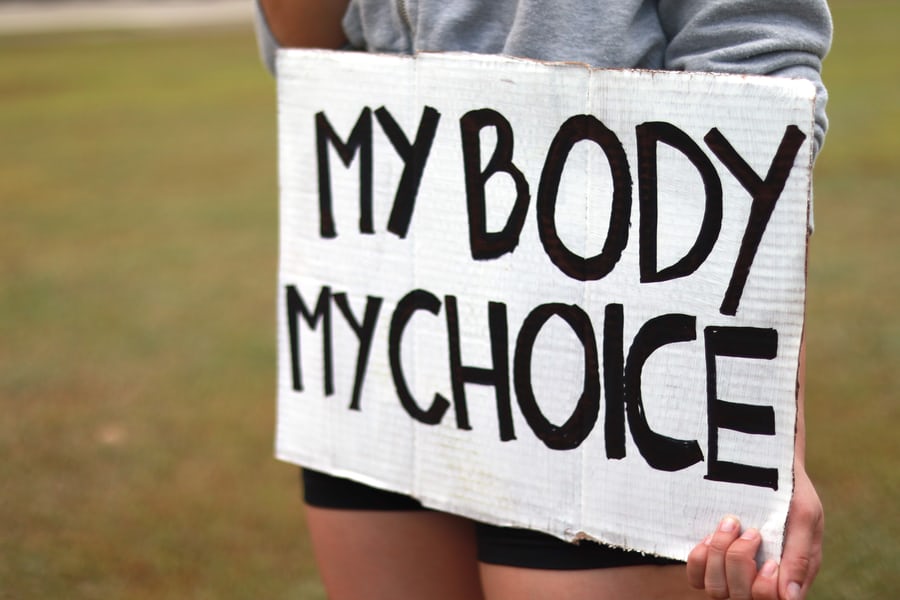
The Supreme Court has confirmed that the text published by Politician is authentic. In the said draft, Justice Alito proposes to revoke the sentences Roe v. Wade (1973) y Planned Parenthood v. Casey (1992), which would nullify the legality of abortion. Alito denies that there is a constitutional right to abortion, derived from the right to privacy. Abortion is simply the elimination of a human life in the womb.
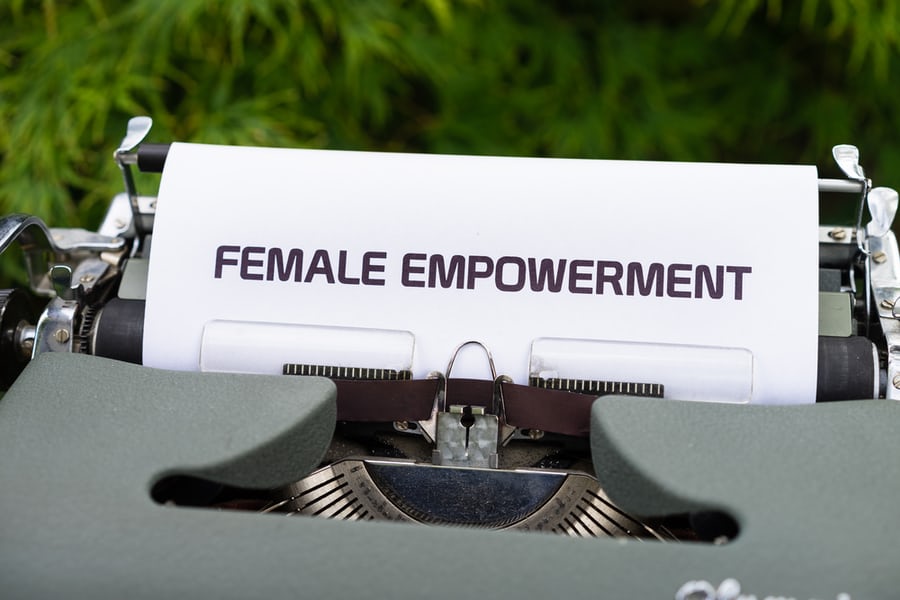
Antonio Moreno, al que nosotros llamamos "the king of twitter threads", explica magistralmente la raíz del mal del aborto, también recogido en este artículo de Omnes: "Sex, lies and abortion laws", que merece la pena leer. No puede ser bueno lo que necesita de la mentira para triunfar. Y el aborto es una gran mentira.
Total number of abortions by age group until 2020 in Spain:
| Total | <15 | 15-19 | 20-24 | 25-29 | 30-34 | 35-39 | 40-44 | >44 | |
|---|---|---|---|---|---|---|---|---|---|
| TOTAL V.E.T. | 88.269 | 257 | 8.407 | 18.288 | 19.279 | 18.569 | 15.738 | 7.057 | 674 |
In the world, it is estimated that between 42 and 46 million abortions annually (between 20 and 22% of the 210 million pregnancies that occur worldwide each year).

A film has recently been released that reflects the astronomical economic business behind abortion. Unplanned https://unplanned.es tells a true and inspirational story: the transformational journey of one woman, Abby Johnson, who goes from running one of the organization's clinics Planned Parenthood in the USA, performing 22,000 abortions, to join the movement. 40 Days For Life, y convertirse en una de las líderes del movimiento provida. Aquí te dejamos el trailer de la película:
65% of women who miscarry suffer post-traumatic stress disorder with the risk of developing clinical depression. Sadness, anxiety, grief, guilt, are some of the feelings that develop after an abortion in a generalized way. Post-abortion syndrome can also cause sexual disorders, drug abuse and behavioral disturbances.

One of the arguments most often used by pro-choice advocates to defend the legitimacy of abortion is that the embryo is not a human being. Some state that an embryo is not a human being. embryo is not a human being until it is not viable, that is, until it is not capable of living outside the maternal uterus. Others, consider that an embryo is not a human being until the end of the eighth week after fertilization (10 weeks of pregnancy), when is considered a fetus, ya que las estructuras ya formadas crecen y se desarrollan. Si es un ser humano y nosotros impedimos su desarrollo, está claro que lo estamos asesinando. Si solo son células o un coágulo de sangre, entonces, ¿qué problema hay en extirparlo? ¿Cuándo se es o se deja de ser una human personWhen does human life begin, is it a question of cell number, or is it simply a human limit set by us and our legislation?
En muchos países está permitido abortar hasta la semana 24. Pero esto nos lleva a pensar, ¿cuál es la diferencia entre una semana más y una semana menos? ¿Qué más da un día más que un día menos? ¿Por qué trazar la línea arbitrariamente en las 24 semanas? ¿Y por qué no en las 23 o en las 25? La línea entre lo que sí se puede y lo que no se puede se vuelve tan fina y difusa que pierde el sentido en que exista del todo. El incómodo asunto del Dr. Gosnell perfectly reflects this issue.
*Interesante reflexión de Ana Iris sobre la nueva ley del aborto recién aprobada en España.

As always, it all starts with changing the meaning of words. We manipulate language to justify the unjustifiable; to calm our conscience; to think that what we are doing is the right thing to do. Instead of human being, we speak of fetus; instead of mother, we speak of pregnant woman; instead of abortion, let's say voluntary interruption of an unwanted pregnancy.

A special reference should be made to the change of meaning in the term "the term pregnancy. It has always been considered that pregnancy begins with the fertilizationwhich is synonymous with conception. Well, this term has been twisted to the point of saying that pregnancy begins at the time of the implementation del feto en el útero, por lo que la concepción no sería el comienzo del embarazo, sino algo previo. De esta forma tan sutil, toda interrupción de un embarazo continuaría suponiendo un aborto; pero no todo aborto consistiría en interrumpir un embarazo (ya que impedir la implantación sería considerado un tipo de aborto con el que evitar que el embarazo se inicie en lugar de ponerle fin). Paralelamente, todo mecanismo anticonceptivo, supondría impedir que el embarazo empezara; pero habría formas de evitar que el embarazo comenzara que no serían anticonceptivas, sino abortivas (otra vez, nos encontramos en el caso de los fármacos que no permiten la implantación: impedirían que el embarazo se iniciara al provocar la muerte del embrión no implantado, es decir, abortándolo). De aquí que la aniquilación de los embriones no implantados reciba el cualificativo de "anticoncepción" y sólo se hable de "abortion" a partir de la anidación. Y todo ello without the need to explicitly deny that human life appears at the moment of fertilization (que, dicho sea de paso, hoy en día es una obviedad biológica). Todo esto ha llevado a una desensibilización respecto el aborto, a la instrumentalización de embriones humanos, y a una creciente dificultad para distinguir los límites y las diferencias entre anticoncepción y aborto o entre reprogramar células madre de adulto y transformar un embrión humano en un montón de células.
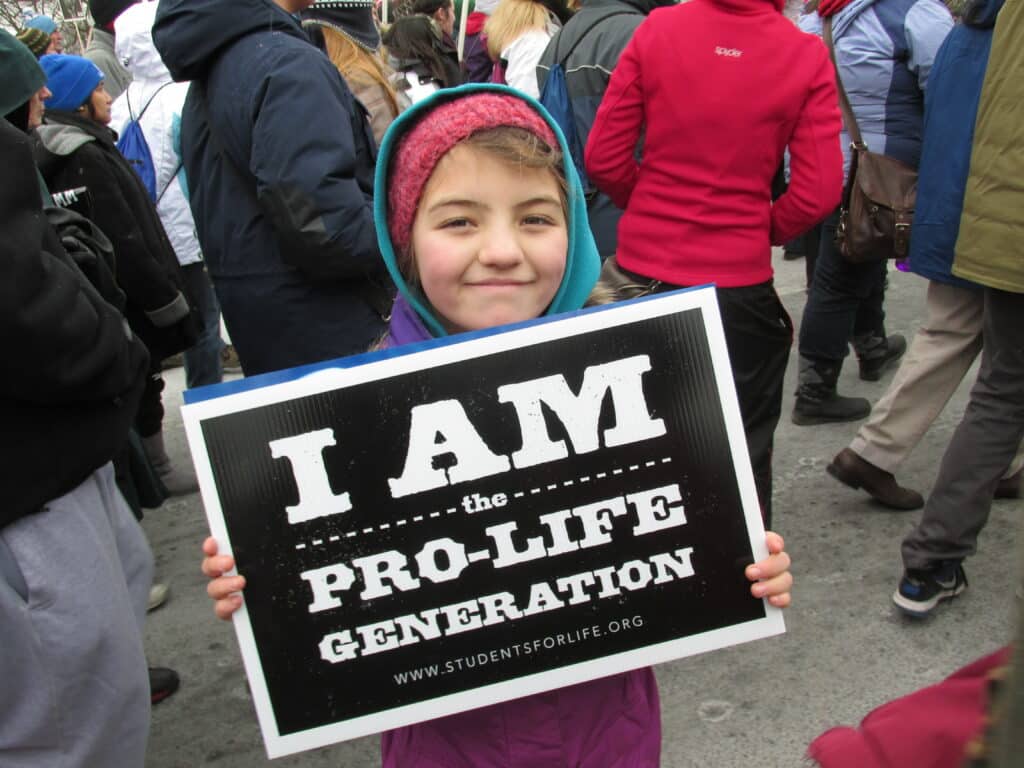
Foundations such as RedMadre, Godmother, Life, entre otras, ayudan a la mujer embarazada de mil formas distintas, desde hace años. En 2019, por ejemplo, más de 30.000 mujeres recurrieron a RedMadre Foundation ante la falta de apoyo que sufre la maternidad en España, (6.151 más que en 2018). Todas ellas los conocen a través de internet y de las redes sociales. Buscan ayuda, y al tocar su puerta siempre la encuentran abierta, con los brazos abiertos, acogiendo la vida. De cada 10 mujeres que piden ayuda, 9 siguen adelante con su embarazo al recibir el acompañamiento que necesitan. Lo que significa que si se dieran más ayudas, muchas de ellas seguirían con el embarazo adelante.